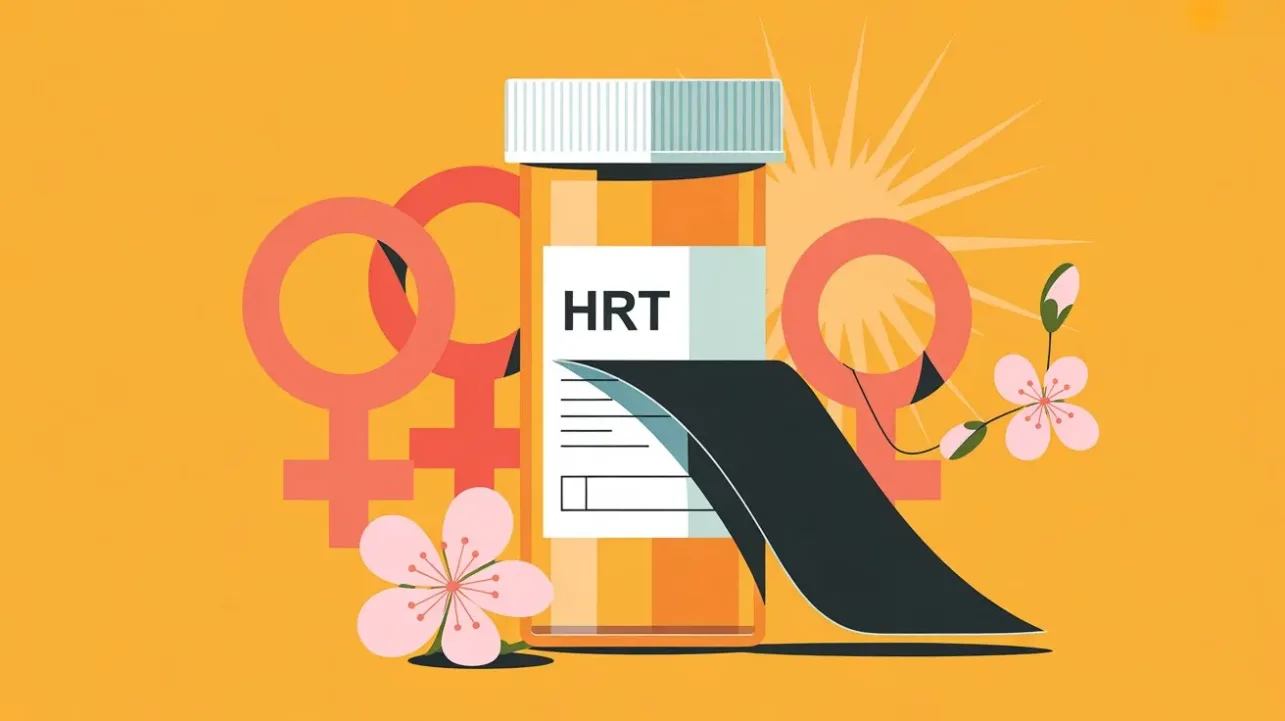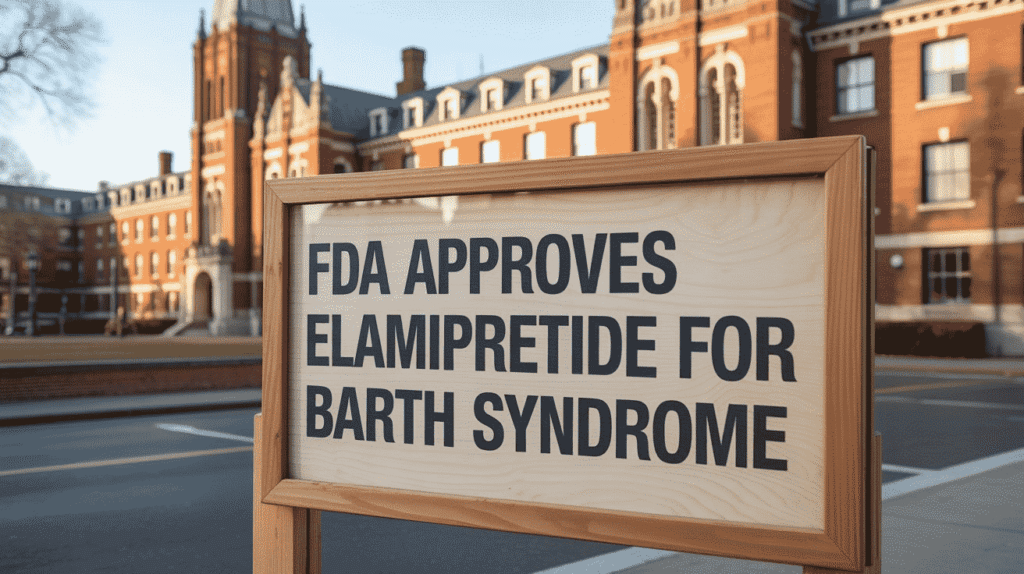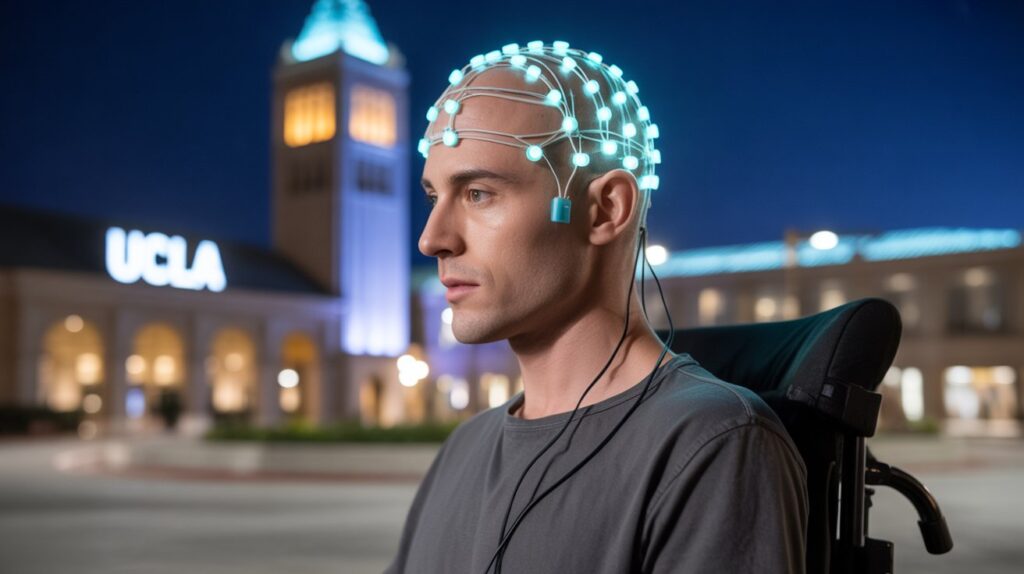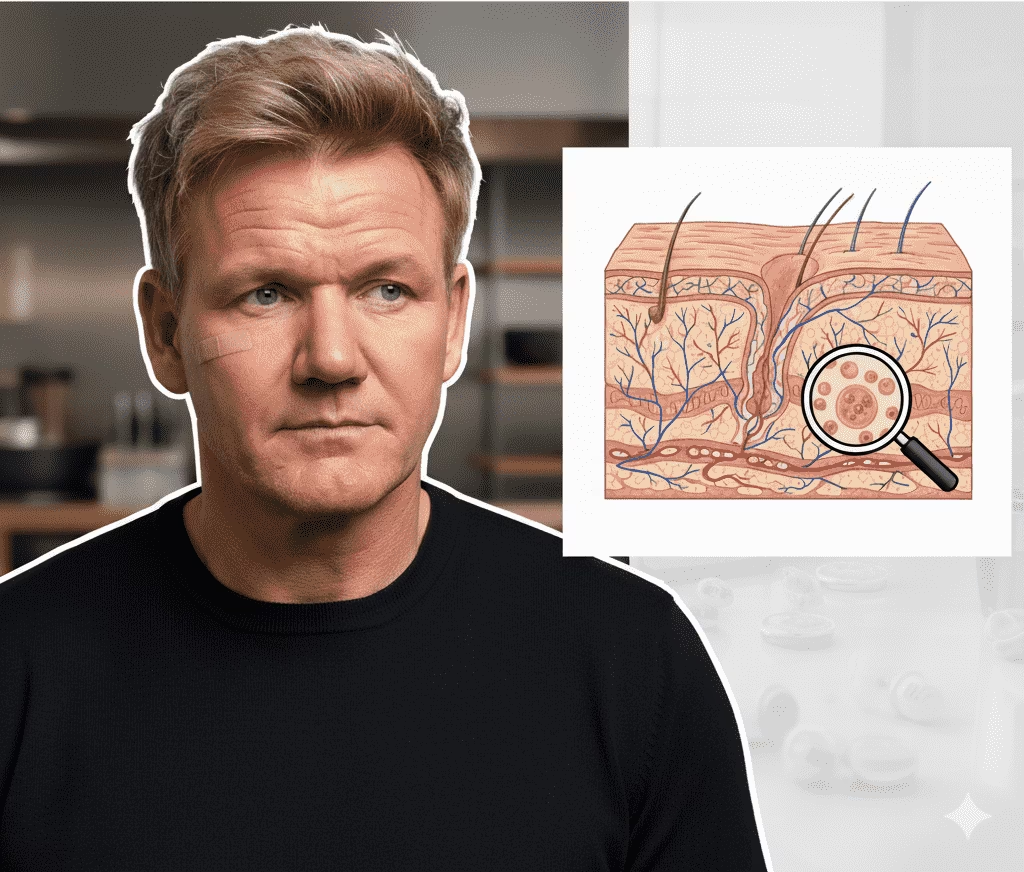President Donald Trump disclosed on October 27, 2025, that he received an MRI scan during his recent visit to Walter Reed National Military Medical Center, marking the first time the 79-year-old has provided a specific reason for his second medical examination this year. However, the President’s refusal to explain why he needed the imaging test has fueled growing concerns about his health transparency as he serves his second term in office.
“Ask the Doctors” – Trump Deflects Health Questions
When pressed by reporters about the purpose of the MRI, Trump characterized the results as “perfect” and claimed they were “some of the best for someone my age,” but pointedly declined to specify which body part was scanned or what prompted the test. “You’ll have to ask the doctors,” Trump told reporters, offering no further medical details.
The evasive response marks a continuation of the President’s pattern of limited health disclosure, despite mounting public interest in the wellbeing of America’s oldest-ever sitting president.
Chronic Venous Insufficiency and Unexplained Bruising
Trump has been diagnosed with chronic venous insufficiency, a condition causing swelling in his legs due to improper blood flow back to the heart. The condition typically affects older adults and can lead to complications if left untreated, including skin changes, ulcers, and increased risk of blood clots.
More visibly concerning to observers is the persistent bruising on Trump’s right hand, which has become a recurring topic of speculation. The President has occasionally attempted to conceal the discoloration with heavy makeup during public appearances, drawing additional attention to the issue.
Official Explanation: “Frequent Handshaking”
Trump’s physician has attributed the hand bruising to a combination of “frequent handshaking” and aspirin use. While both factors can theoretically contribute to easier bruising—aspirin thins the blood and vigorous handshaking could cause minor trauma—medical experts note that persistent, visible bruising in the same location may warrant further investigation to rule out underlying vascular or clotting disorders.
The aspirin use itself raises questions about cardiovascular health management, as the medication is typically prescribed for patients with heart disease risk factors or previous cardiac events.
Second Walter Reed Visit This Year
This MRI represents Trump’s second documented medical visit to Walter Reed in 2025, though the White House has provided minimal information about either examination. Presidential health transparency has become an increasingly contentious issue, with Trump breaking from the tradition of releasing detailed medical records established by previous administrations.
Age and Health in Presidential History
At 79 years old, Trump is currently the oldest person serving as President of the United States. His age places him in a demographic category where routine health monitoring becomes increasingly important, particularly for cardiovascular, neurological, and metabolic conditions.
The average American male life expectancy is approximately 76 years, making Trump’s health status of significant public interest given the demands of the presidency. Previous presidents have faced varying degrees of scrutiny over their health, from Franklin D. Roosevelt’s concealed paralysis to John F. Kennedy’s undisclosed Addison’s disease and chronic pain management.
What MRI Scans Typically Detect
MRI (Magnetic Resonance Imaging) is a powerful diagnostic tool used to visualize internal body structures without radiation. Common reasons for MRI examinations in adults Trump’s age include:
Neurological concerns: Brain imaging to detect strokes, tumors, cognitive decline indicators, or vascular abnormalities
Musculoskeletal issues: Joint problems, spinal conditions, or soft tissue injuries
Cardiovascular assessment: Heart function, vascular health, or aneurysm detection
Abdominal/pelvic imaging: Organ evaluation for suspected abnormalities
The President’s refusal to disclose which type of MRI he received prevents independent assessment of potential health concerns.
Political Implications of Health Secrecy
Trump’s limited health transparency stands in stark contrast to the detailed medical information released by previous administrations. Presidential health has historically been considered a matter of public interest, given that cognitive and physical capacity directly impacts governance and national security decision-making.
Critics argue that voters have a right to understand the health status of their elected leaders, particularly given the demanding nature of the presidency. Supporters counter that Trump’s willingness to mention the MRI at all demonstrates appropriate openness, and that specific medical details should remain private.
The “Perfect” Results Claim
Trump’s characterization of his MRI results as “perfect” and “some of the best for someone my age” follows a familiar pattern of the President describing his health in superlative terms. Medical professionals note that MRI results are typically described in clinical terms—findings are either normal, abnormal, or require follow-up—rather than ranked as “perfect” or “best.”
The vague reassurance without supporting documentation leaves independent verification impossible and does little to address the specific concerns that prompted speculation about his health in the first place.
Unanswered Questions
Key questions remain unresolved:
- Which body part or system was examined by the MRI?
- What symptoms or concerns prompted the test?
- Were there any abnormal findings requiring monitoring or treatment?
- Is the chronic venous insufficiency worsening?
- What is the true cause of the persistent hand bruising?
- Will the full medical records be released to the public?
Historical Context: Presidential Health Disclosures
Presidential health transparency has evolved significantly over American history. While early presidents maintained near-total privacy, modern expectations shifted after President Dwight Eisenhower’s heart attack in 1955 prompted more open communication. Recent presidents have released varying levels of medical information, from detailed annual physical results to brief summaries.
Trump’s approach represents a return to greater secrecy, with minimal documentation and frequent assertions of excellent health unsupported by comprehensive medical records. This approach has drawn criticism from medical ethics experts who argue that public officials owe constituents transparency about their fitness for office.
What Happens Next
As Trump continues his presidency, health monitoring will remain a priority given his age and diagnosed conditions. Whether future medical information will be disclosed more transparently remains uncertain. The White House has not committed to releasing the full MRI report or providing additional details about the President’s current health status.
For now, Americans are left with Trump’s assurance that his test results were “perfect”—and a growing list of unanswered questions about the health of their nation’s leader.




















